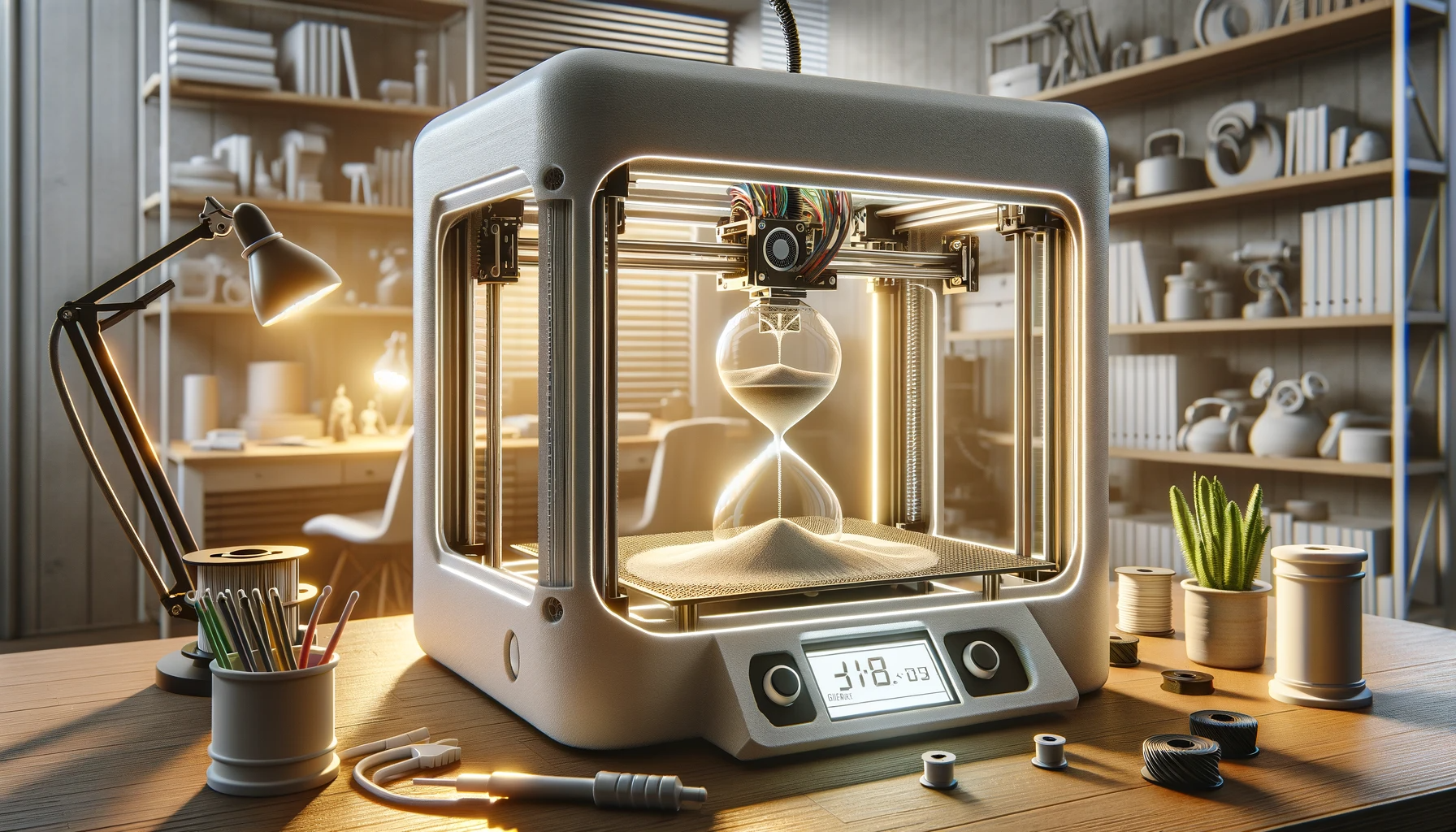The Era of Innovation: History and Future of 3D Printing

The history of 3D printing dates back to the early 1980s. At that time, printers were much more voluminous and looked nothing like those we have today. This article takes you through the key years in the evolution of this remarkable machine and considers its future evolution.
A bit of history
1981: Dr. Hideo Kodama invented one of the first rapid prototyping machines that created parts layer by layer using UV light-cured resin. Just that - a UV light-cured resin in the 80s, as if it was obvious!
1986: Chuck Hull filed the first patent for stereolithography (SLA) and is considered the inventor of 3D printing for creating and commercializing SLA and the .stl file format, widely used in 3D printing.
1988: Carl Deckard obtained a license for Selective Laser Sintering (SLS) technology, which uses a laser to sinter powder materials into solid structures.
1989: Scott Crump patented Fused Deposition Modeling (FDM), also known as Fused Filament Fabrication (FFF), and founded Stratasys, a key player in the 3D printing industry. The same year, Hull's company, 3D Systems Corporation, released the SLA-1 3D printer. Just another ordinary year where two guys invented the future.
In 2014, the first 3D printer was sent to the International Space Station, developed by Made in Space. This printer used a Fused Filament Fabrication (FFF) process, feeding a continuous plastic filament through a heated extruder to create three-dimensional objects layer by layer. The zero-gravity 3D printing investigation produced dozens of parts, which were analyzed and compared to those manufactured on Earth. Because, you know, who doesn't need to print objects in zero gravity?
The history of 3D printing is marked by continuous innovation and exploration of new applications, including the use of advanced materials such as carbon fiber-reinforced polymers. The technology has the potential to revolutionize various industries, from aerospace to healthcare, by enabling the creation of complex and customized objects with enormous advantages in terms of time and money.
"But concretely... How much does it represent?"
The global 3D printing market is expected to reach approximately $98.31 billion by 2032, with a compound annual growth rate (CAGR) of 18.92% during the forecast period of 2023 to 2032. Yeah, just a few billion here and there, nothing too impressive.
The market was valued at $18.33 billion in 2022 and is expected to reach $105.99 billion by 2030, displaying a CAGR of 24.9% during the forecast period.
The global 3D printing market size was valued at $16.75 billion in 2022 and is expected to grow at a compound annual growth rate (CAGR) of 23.3% from 2023 to 2030.
The global 3D printing market in terms of revenue was estimated at $15.0 billion in 2023 and is expected to reach $34.5 billion by 2028, with a CAGR of 18.1% from 2023 to 2028.
In Personal Use:
The impact of 3D printing in personal use is not explicitly mentioned in the provided search results. The market size figures primarily focus on the industrial 3D printing market.
In summary, the 3D printing market is experiencing significant growth, with the industrial 3D printing market projected to reach billions of dollars in the coming years, thanks to factors such as rapid digitalization, increasing adoption of advanced technologies, and growing demand for 3D printing across various industrial sectors.
To conclude, although 3D printing hasn't experienced growth as strong as the development of the Internet among the general public, today it allows both professionals and individuals to launch their projects at low cost. The technical hurdle in this field can still deter a good number of potential users. Indeed, even if some printers work "out of the box," it is necessary to accumulate some basic skills in 3D technology, as well as CAD (Computer-Aided Design) or electronics, to take full advantage of it.
The PrintJam community aims to break down these barriers by connecting members who possess one or more of these skills to bring individuals to 3D printing. Join us!

